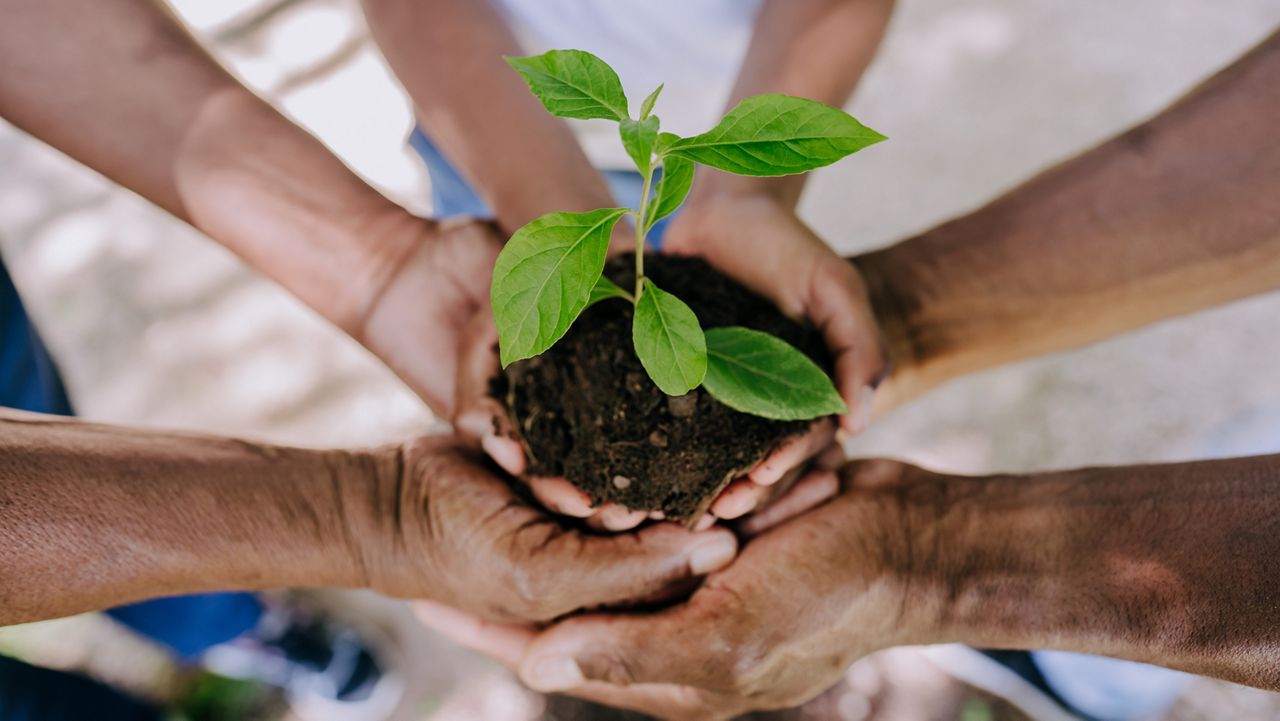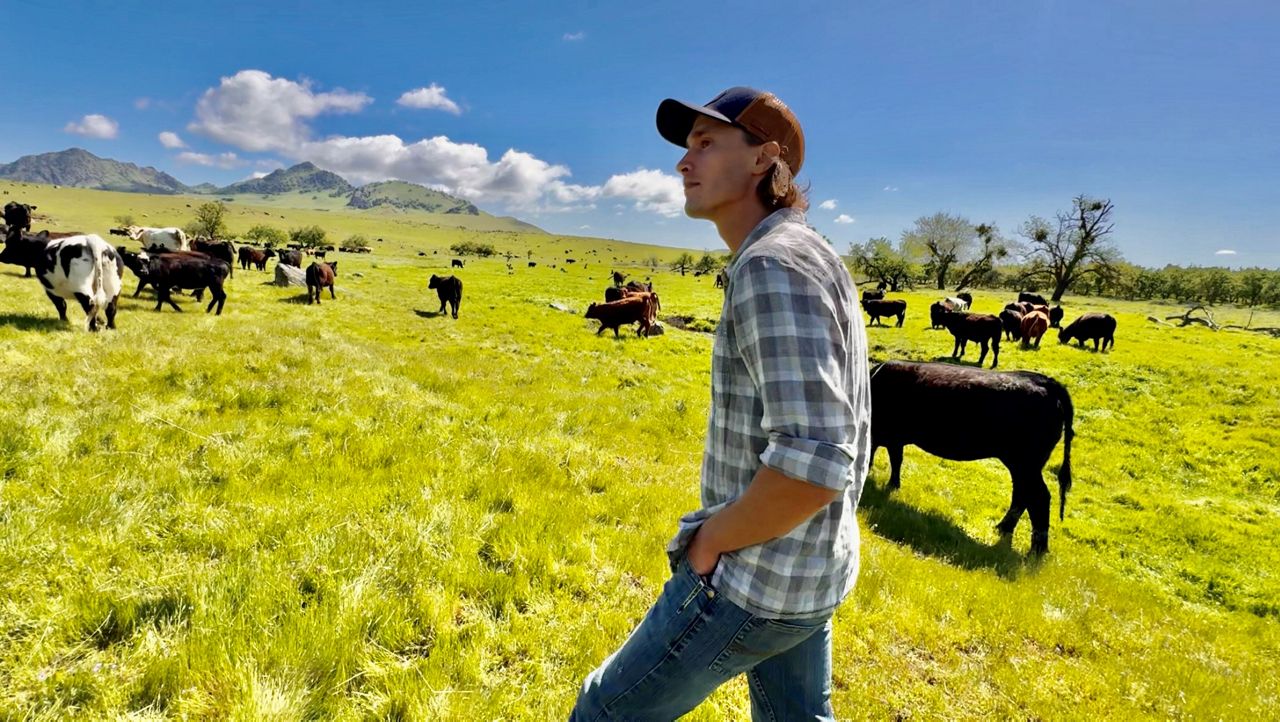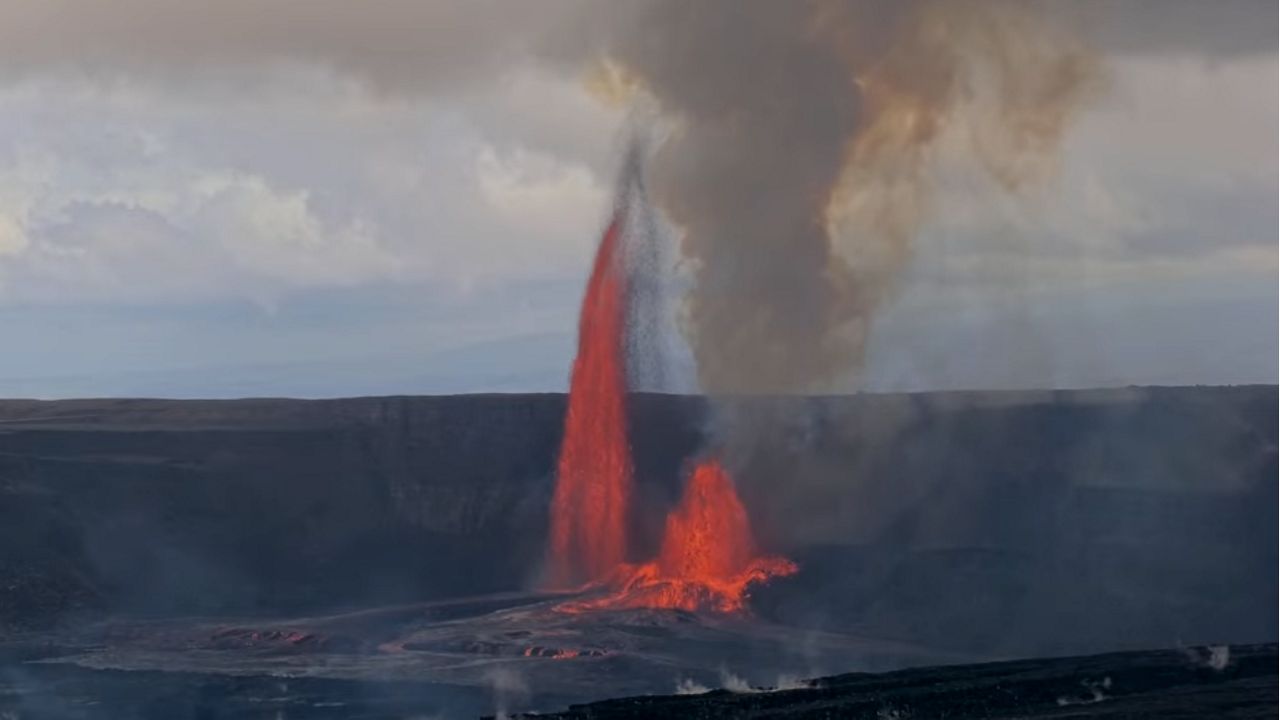SAN DIEGO — Researchers from Scripps Institution of Oceanography at UC San Diego are joining colleagues from around the country in an effort to discover Antarctica’s oldest ice to learn more about how the Earth’s climate has changed throughout its history, and determine what society will face over the next 100 years as climate changes.
What You Need To Know
- Scientists are trying to discover Antarctica’s oldest ice and through it, learn more about how the earth’s climate has changed throughout its history
- Researchers from Scripps Institution of Oceanography at UC San Diego will study air and dust trapped in the ice core samples
- The national team effort is called Center for Oldest Ice Exploration, or COLDEX
- COLDEX scientists intend to generate knowledge about Earth’s climate system and share this knowledge to advance efforts to address climate change and its impacts
Geoscientists Jeff Severinghaus, Sarah Aarons and Jamin Greenbaum of the Scripps Polar Center are among the center's collaborators.
The air bubbles and dust trapped inside ancient ice core samples are like tiny time capsules that document what has happened on earth over hundreds of thousands of years.
“Air bubbles in the mature ice turn out to be the way you can figure out what the past atmosphere was doing,” Severinghaus said. “Like how much carbon dioxide was in the ancient atmosphere.”
The National Science Foundation-funded Center for Oldest Ice Exploration, or COLDEX, has been created under a five-year, $25 million Science and Technology Center award.
COLDEX scientists intend to generate knowledge about Earth’s climate system and share the knowledge to advance efforts to address climate change and its impacts. Studying minerals from thousands of years ago could also increase the accuracy of their global warming predictions.
“The more we know about earth’s climate and what’s controlled it in the past, the better prepared we can be for predicting what can happen in the future,” Aarons said.
However, Aarons said drilling for ice core samples is not easy.
“It’s a pretty physical activity. It’s kind of like CrossFit,” Aarons said. “You do a lot of bending down, pushing, jumping up, grabbing huge ice core pieces, putting them into boxes or pushing them away.”
Greenbaum is leaving for Antarctica in December to prepare for the rest of the COLDEX team. His airborne-survey missions capture the lay of the land with ice-penetrating radar and find the best places to drill for the oldest ice.
“It’s a special place to be and it’s a real honor to work there,” Greenbaum said.
COLDEX collaborators hope to find ice that is up to five million years old. The oldest continuous record of Antarctic ice currently goes back about 800,000 years.
“These little bubbles have turned out to be extremely useful,” Severinghaus said while looking at a sheet of ice. “Ultimately to try to understand what’s going to happen in the next 50-100 years as humans change the climate.”











